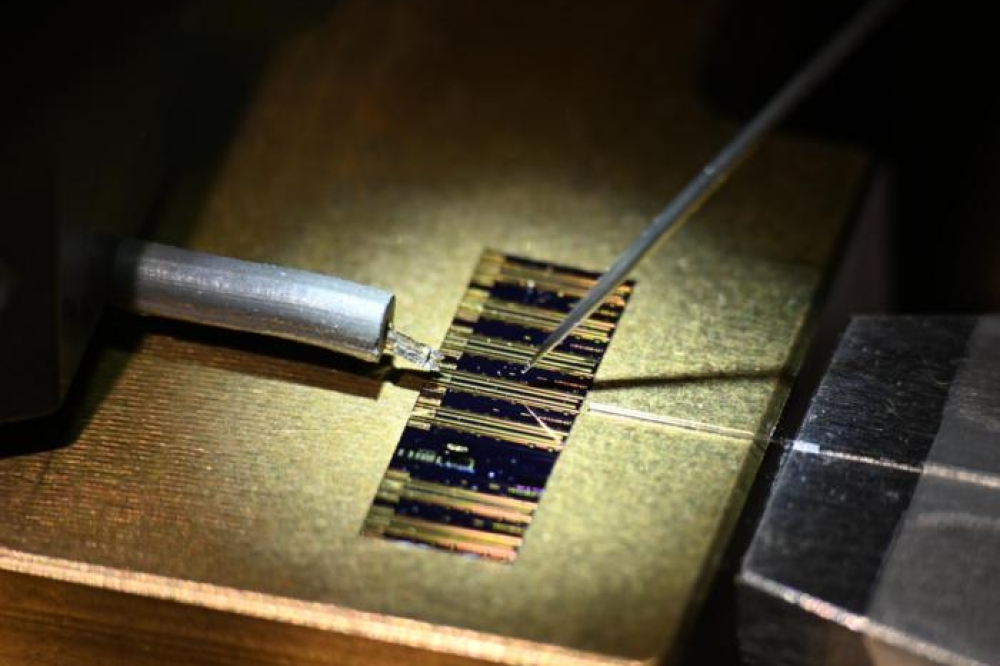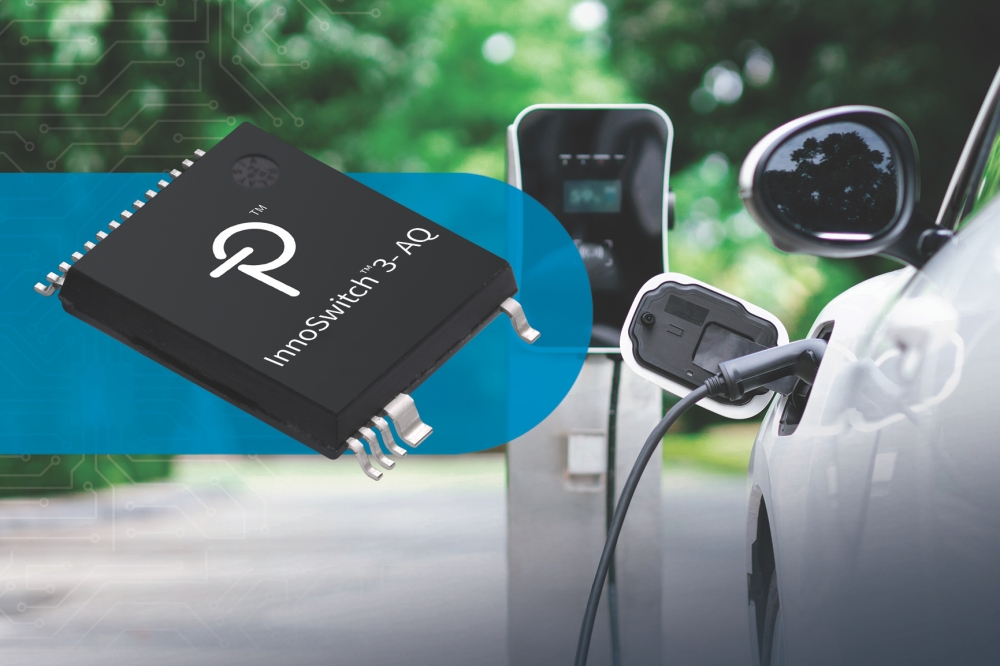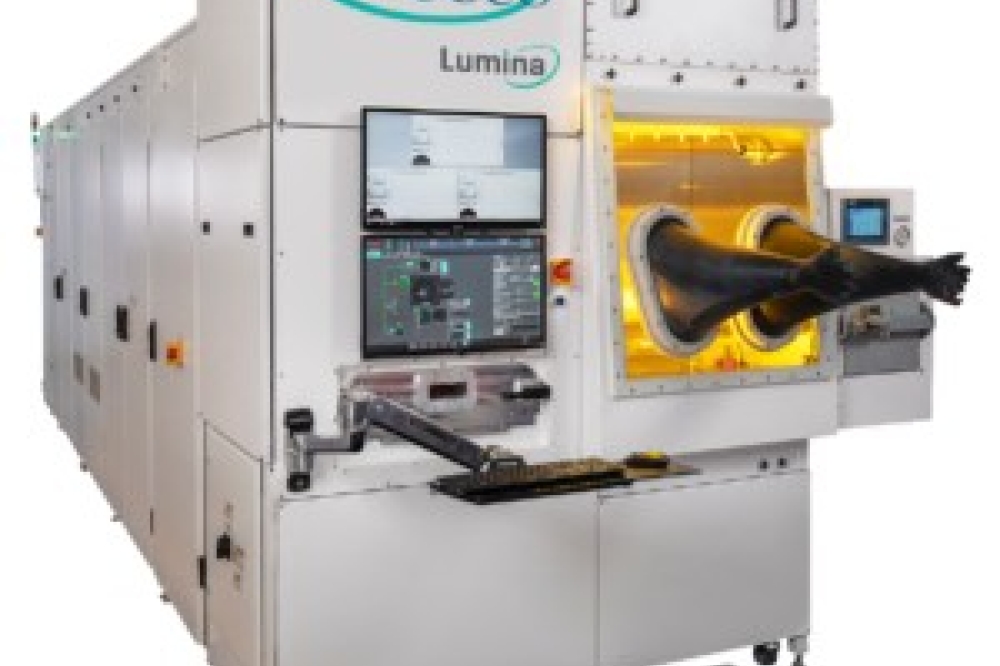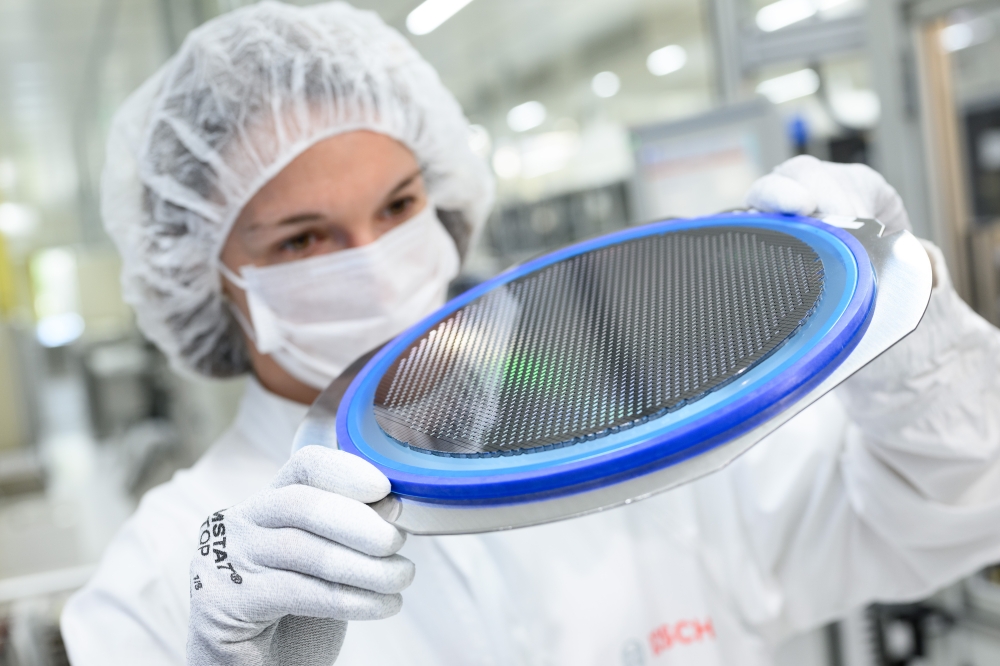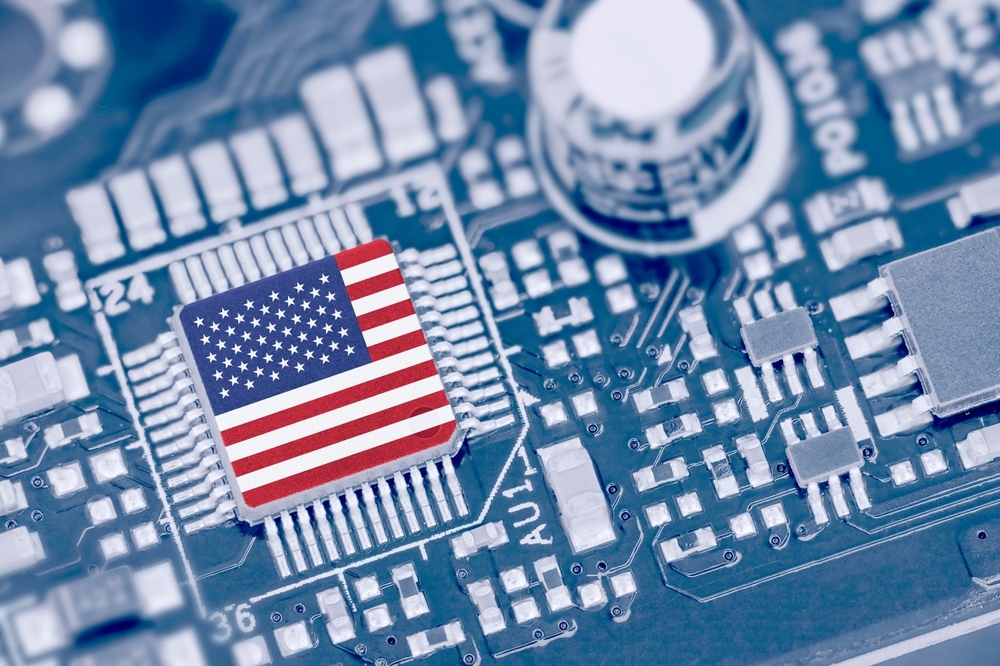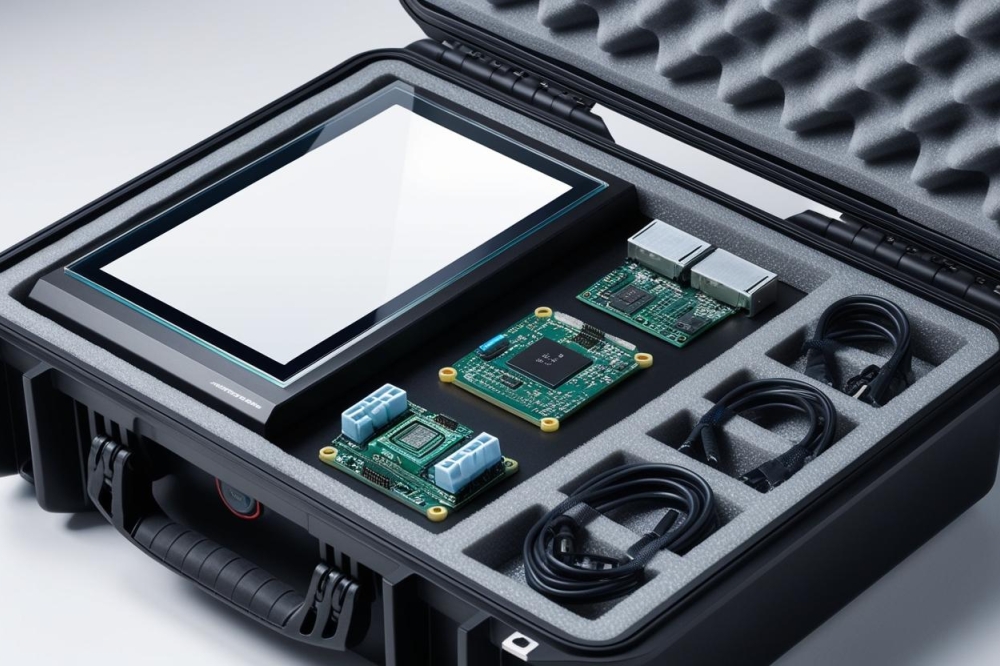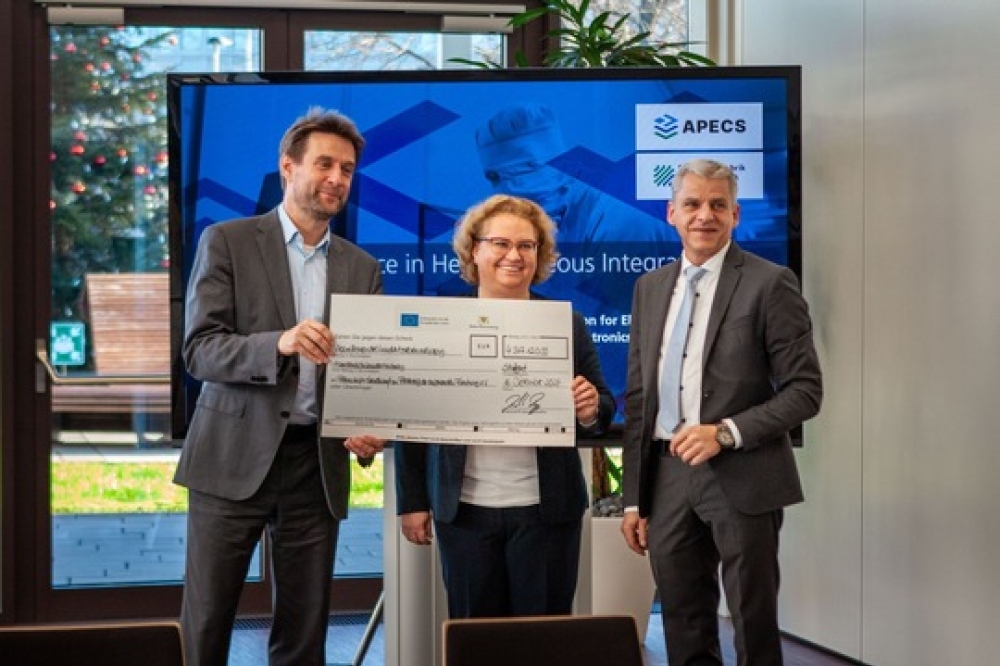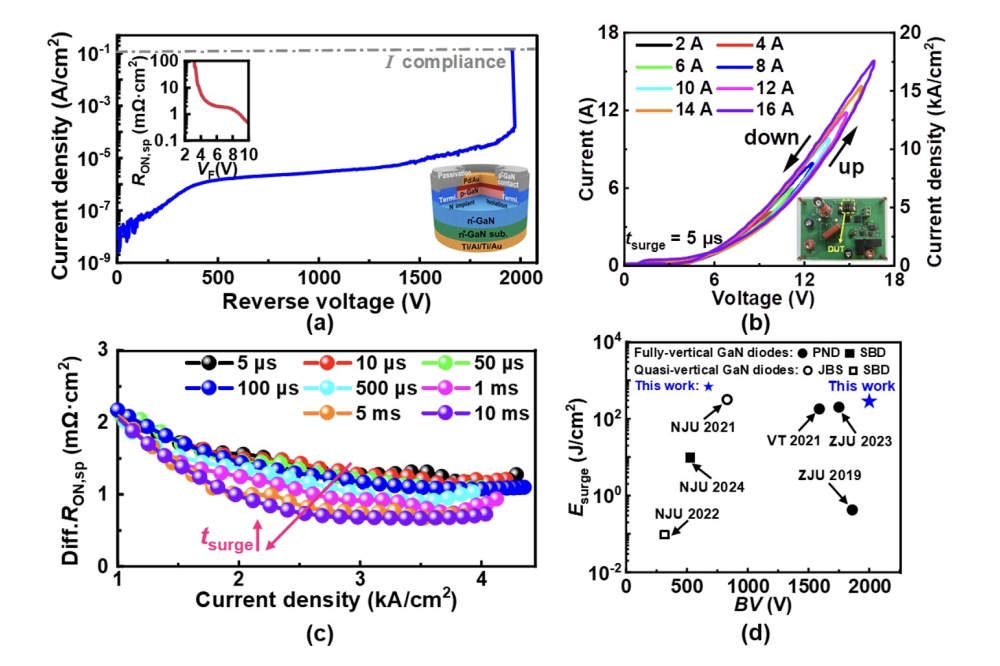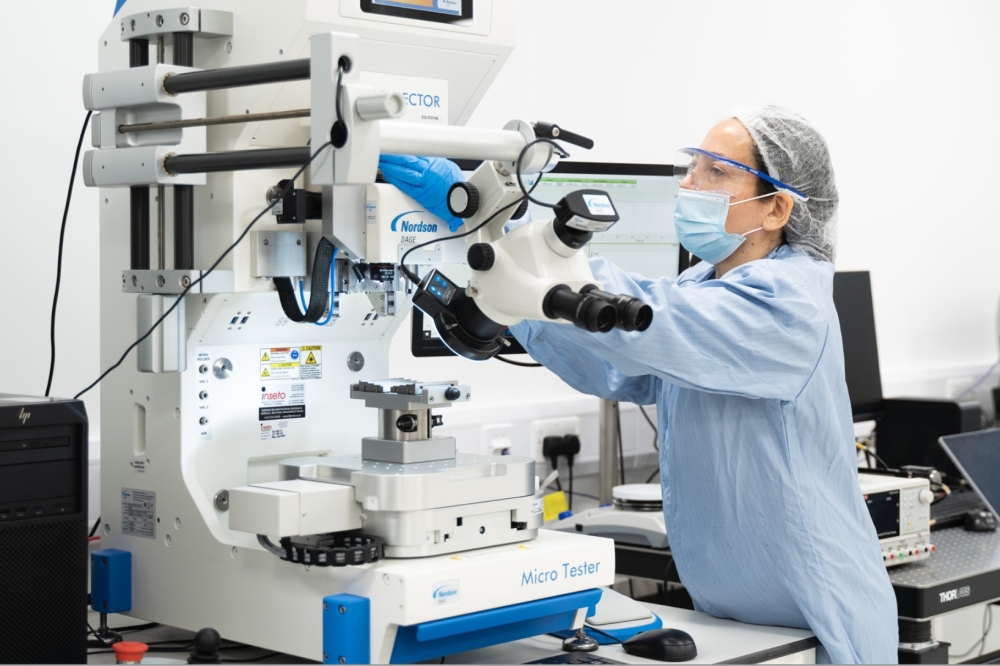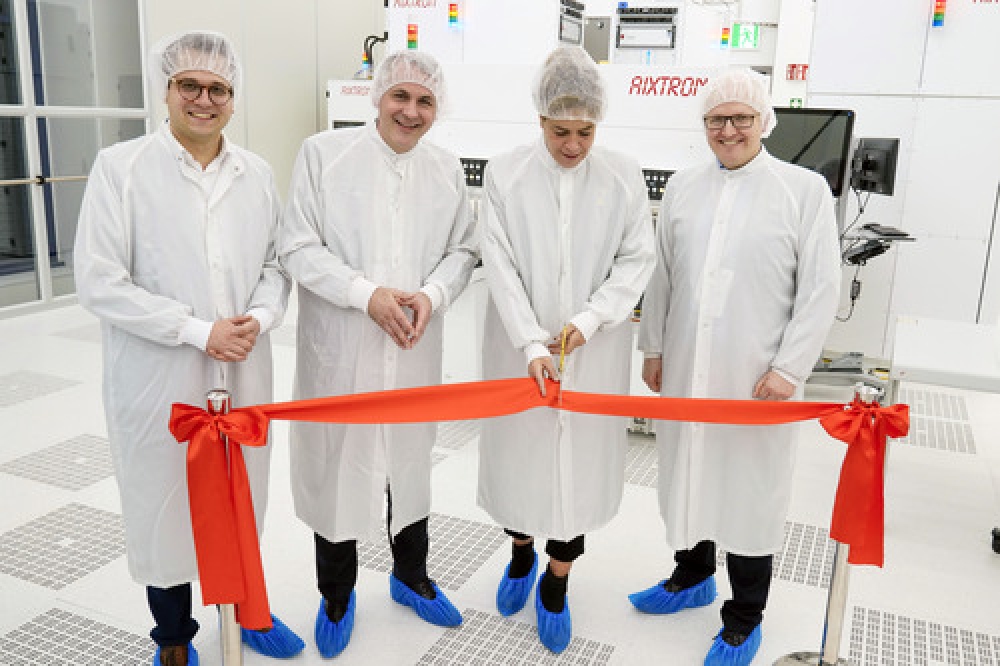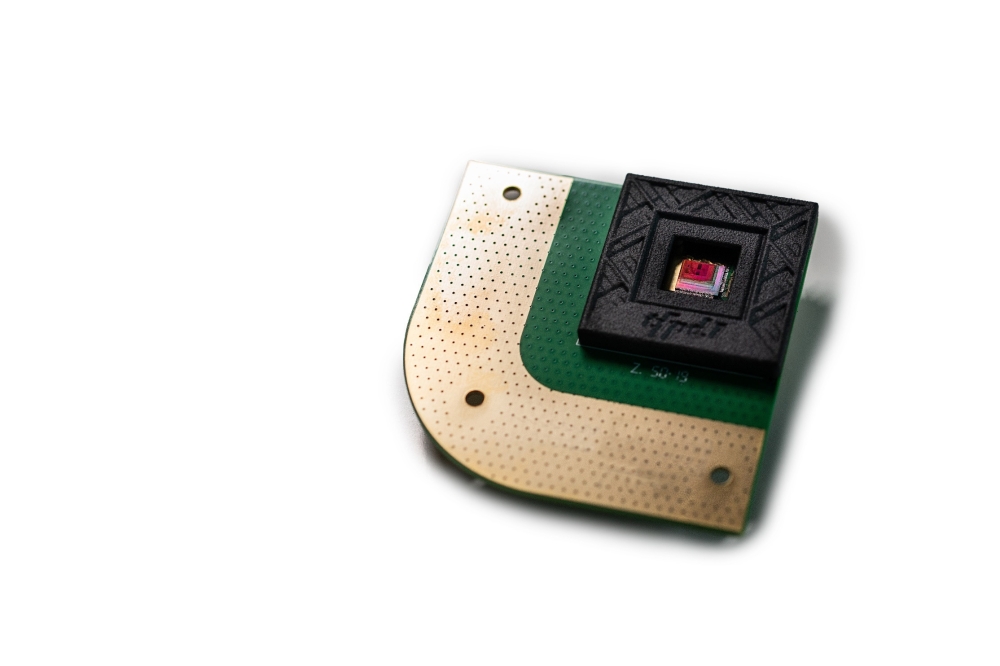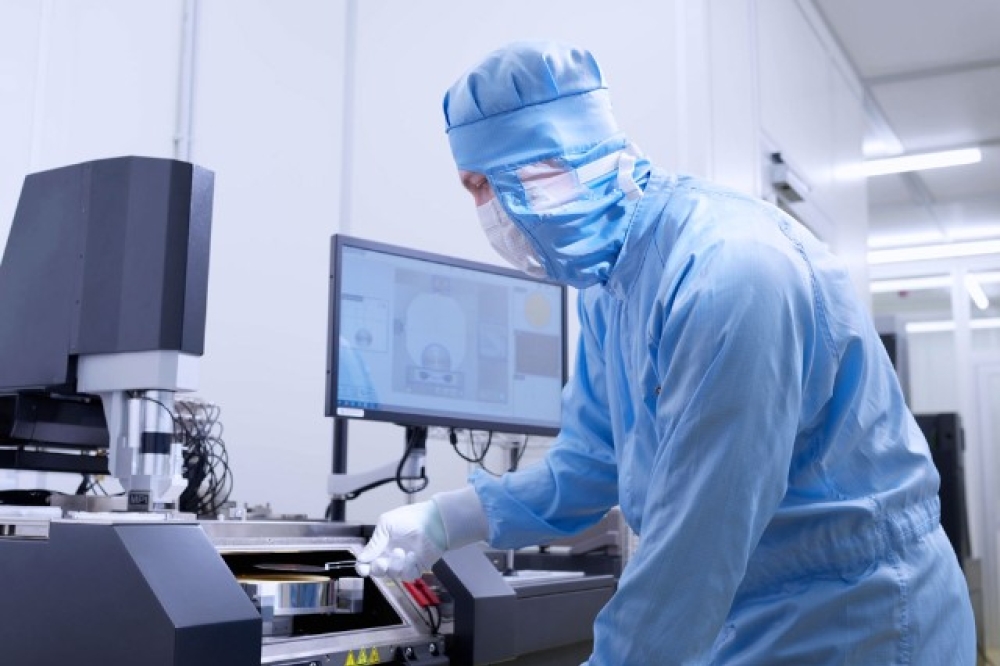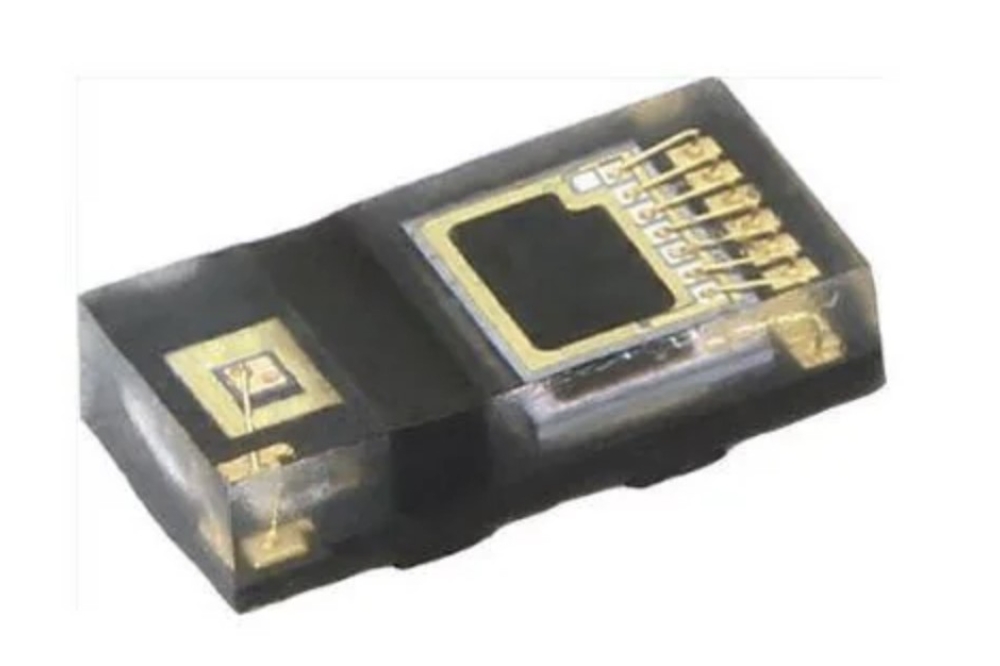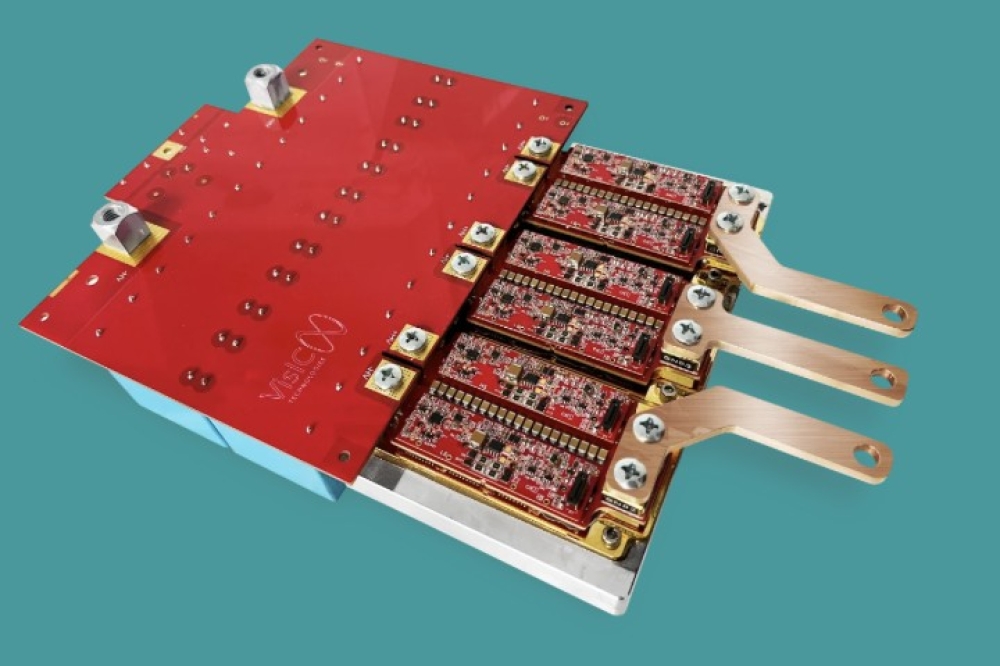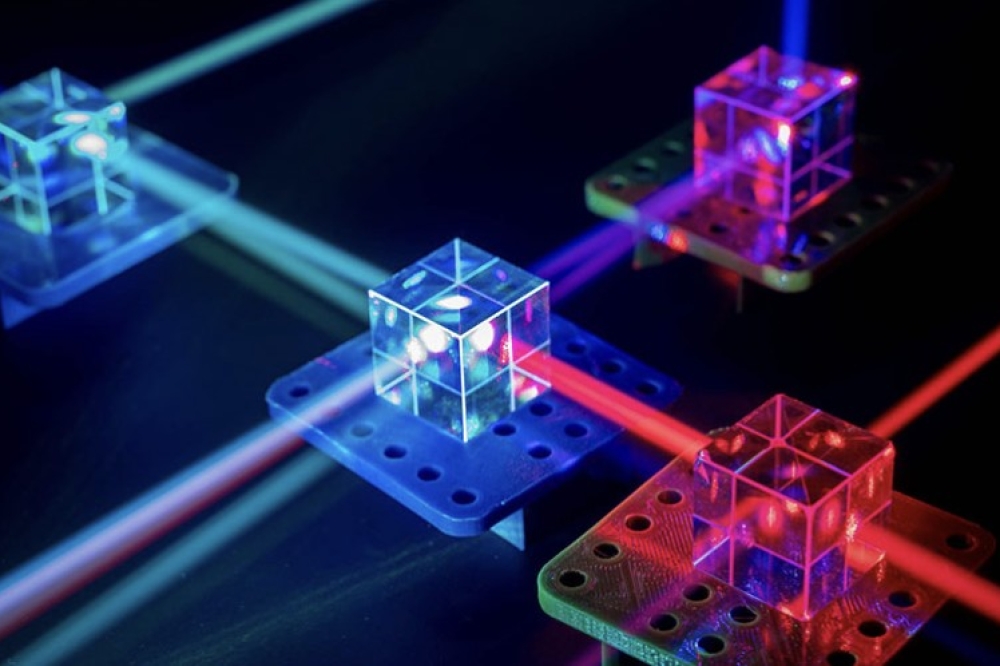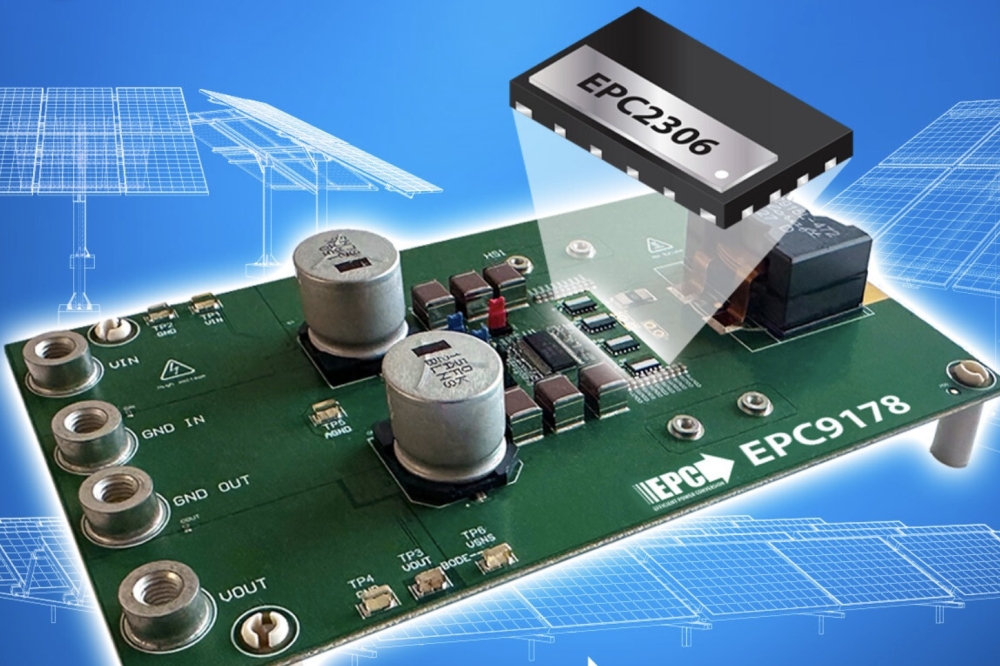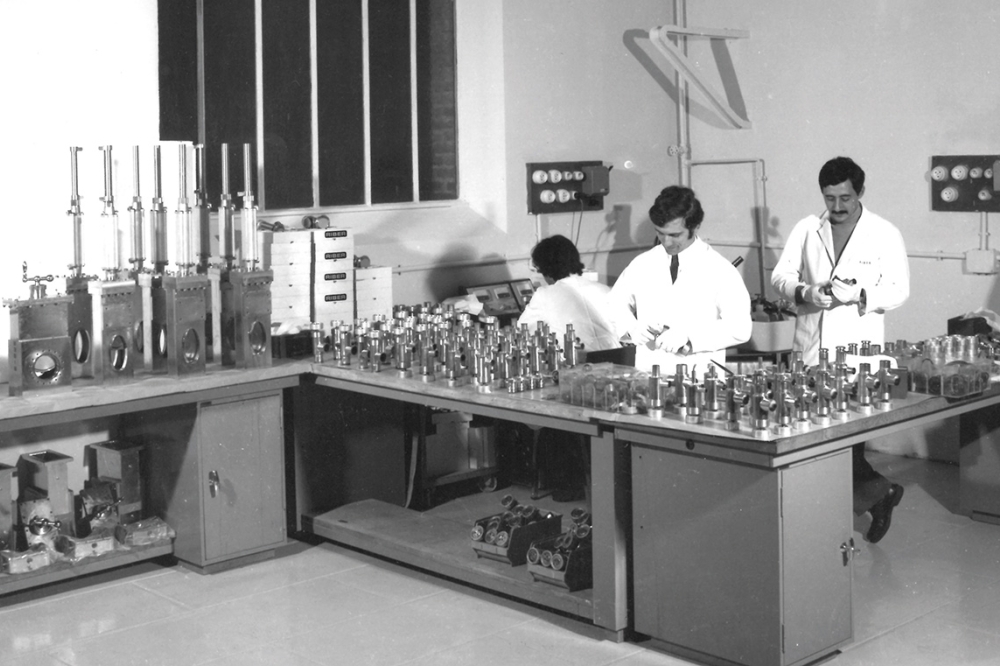News Article
Seoul Semi launches LED environmental campaign
The new incentive highlights the company's eco-friendly Acrich III-nitride LED bulbs which do not require an AC/DC converter
Seoul Semiconductor is launching a global campaign called "Acrich for Trees" to actively encourage the use of eco-friendly AC LED bulbs with Acrich LEDs.
Seoul says its Acrich bulb saves two more trees than conventional DC LED solutions.
Interested parties can join the campaign from April 11th to April 30th, 2013 via the firm's official website, http://www.seoulsemicon.com.

The Campaign of planting 2 trees held by Seoul Semiconductor
Among participants who access the website and subscribe to the Seoul Semiconductor Newsletter, 1,000 subscribers will be chosen to receive a LED bulb or a LED desk lamp.
By using an Acrich LED light bulb six hours per day, annual carbon dioxide emissions are decreased by roughly 48kg compared to using a normal 60W incandescent light bulb.
What's more, the absence of an AC/DC converter (typically used in DC LED bulbs) reduces energy loss even further. Results based upon Seoul Semiconductor’s internal study and data from the investigation comparing conventional and DC LED bulb solutions with an 8W Acrich bulb are shown in the table below.
Comparison between different light types

Marten Willemsen, global marketing VP, says “Seoul Semiconductor is the world’s first company to succeed in developing and producing eco-friendly Acrich LEDs. This solution is more environmental friendly because it does not require an AC/DC converter. By eliminating the drawback of an analogue converter’s short durability, the life expectancy of LED light bulbs has dramatically increased.”
He also highlights that “This global campaign encourages people to use eco-friendly LED bulbs with Acrich LEDs to save more trees than conventional DC LED bulbs.”
Seoul says its Acrich bulb saves two more trees than conventional DC LED solutions.
Interested parties can join the campaign from April 11th to April 30th, 2013 via the firm's official website, http://www.seoulsemicon.com.

The Campaign of planting 2 trees held by Seoul Semiconductor
Among participants who access the website and subscribe to the Seoul Semiconductor Newsletter, 1,000 subscribers will be chosen to receive a LED bulb or a LED desk lamp.
By using an Acrich LED light bulb six hours per day, annual carbon dioxide emissions are decreased by roughly 48kg compared to using a normal 60W incandescent light bulb.
What's more, the absence of an AC/DC converter (typically used in DC LED bulbs) reduces energy loss even further. Results based upon Seoul Semiconductor’s internal study and data from the investigation comparing conventional and DC LED bulb solutions with an 8W Acrich bulb are shown in the table below.
Comparison between different light types

Marten Willemsen, global marketing VP, says “Seoul Semiconductor is the world’s first company to succeed in developing and producing eco-friendly Acrich LEDs. This solution is more environmental friendly because it does not require an AC/DC converter. By eliminating the drawback of an analogue converter’s short durability, the life expectancy of LED light bulbs has dramatically increased.”
He also highlights that “This global campaign encourages people to use eco-friendly LED bulbs with Acrich LEDs to save more trees than conventional DC LED bulbs.”

